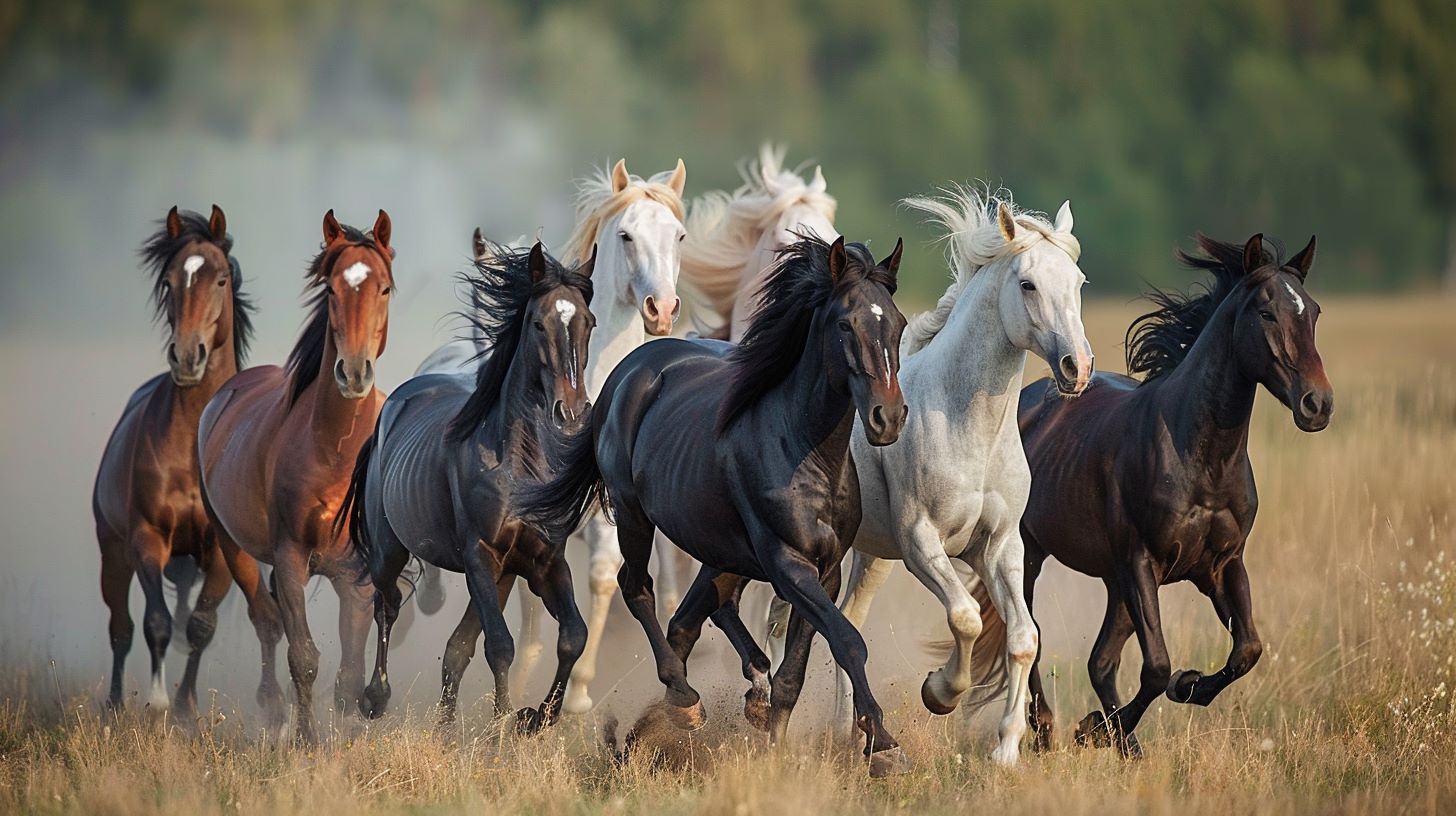The horse’s story in America is as rich and varied as the land, intertwined with the history of exploration, colonization, and cultural exchange. Among the most fascinating aspects of this narrative is the migration of European horse breeds to the New World. Each breed brought its unique traits and contributed to the development of American equestrian culture, shaping what we now recognize as American horses. From the majestic Andalusian to the versatile Thoroughbred, these breeds have left an indelible mark on American horsemanship, influencing everything from competitive sports to working ranches.
To my mind, the true marvel of this historical movement is not merely the arrival of these horses but their transformative impact on American equestrian culture. The logistical feat of transporting a horse across the Atlantic was a significant endeavor, reflecting the value placed on these animals and the commitment to integrating them into new environments. Each breed brought unique qualities, from the Andalusian’s elegance to the Thoroughbred’s speed, and their adaptation to American life highlights an extraordinary example of how cultural exchanges can shape new traditions. This blog post explores some prominent European horse breeds that made their way to America and left a lasting impact.
Statistically, the impact of these breeds is evident in various sectors. For instance, the American Quarter Horse, which descended from early European imports, is one of the most popular horse breeds in the U.S., with the American Quarter Horse Association (AQHA) reporting over 3 million registered horses as of 2023. This breed’s racing and ranch work versatility underscores its significance in American equestrian life.
They became extinct in North America about 10,000 years ago and were later re-introduced by Europeans who had selectively bred them for a variety of specialist purposes by then. Crusaders brought Asian breeds and crossbreeds back to mainland Europe.
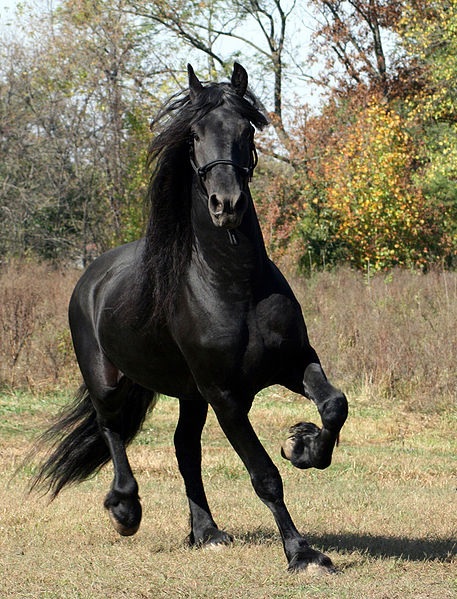
The Friesian
It is intended to be black with no white marking (although a small “star” on the forehead is permitted). With a 25% chance of a red gene, some tolerance is given to mares & geldings – but registrations of breeding stallions are more strictly judged. Strong, muscular, yet handsome and high-stepping, often paired for carriages or funeral hearses – something special.
In the recent films of Zoro, his horse “Tornado” was a Friesian.
The Haflinger
This is a small horse but robustly structured, possessing a chestnut or bay coat with a flaxen mane and tail. Originally from the Austrian-Italian region of Europe. Often used as pack horses during military campaigns, particularly WW1.

Norweigan Fjord Horse
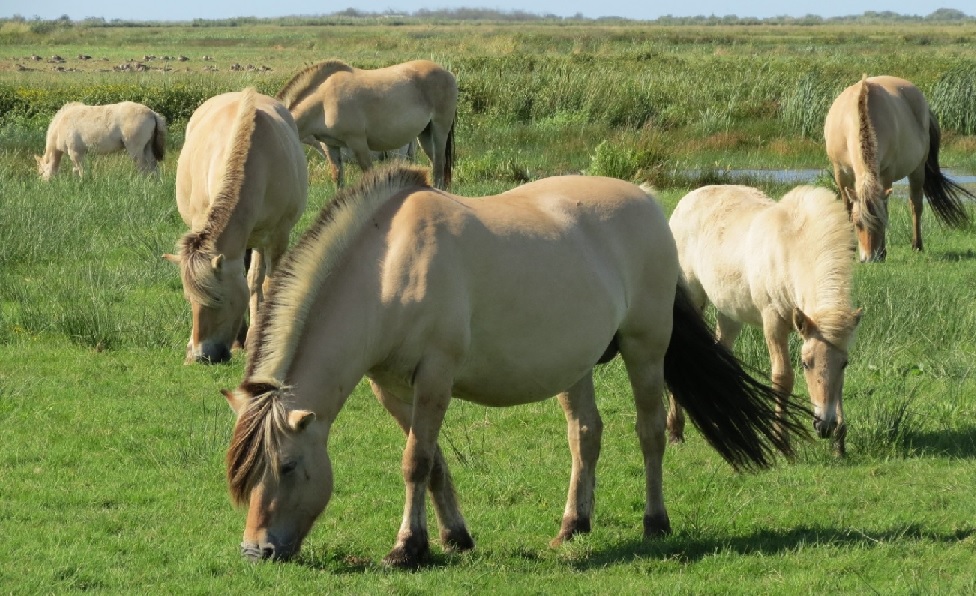
Dun is in color, and no white markings are permitted if breeding, except for a facial star. A small, short-legged draft horse. Mane is usually roached and bristly with darker hairs down the center of the neck, spine and tail, but lighter as they spread from centre most dramatic in the light dun (cream). Shades vary from brown to slate grey.
Hanoverian
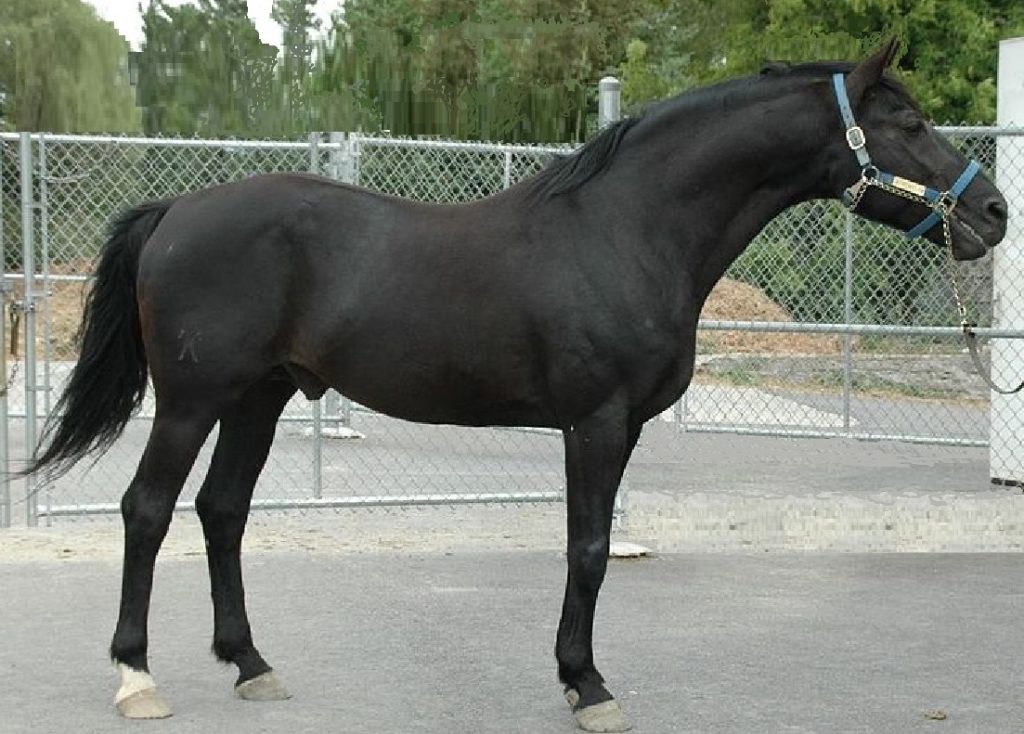
A West Germany breed, often used as a tall carriage horse. Athletic build, used by the military in various roles, favored by cavalry and used with artillery. It is used increasingly for riding and jumping and is popular with mounted police. 16-17hh, 600kgs
Ardennes
One of the oldest heavy horse breeds in Europe, originally from Belgium & France. Thick legs, up to 16hh and 800+kgs. Built for endurance, military draft work, and farming. They existed before the Crusades and were widely traveled. Originally, it was up to 14 hh, but at a time when people were not as tall as they are today. Napoleon was not tall by any standard, yet he wanted bigger, so selective breeding with Arabian stock developed them into giants. They are hardy, gentle, and intimidating all at the same time.
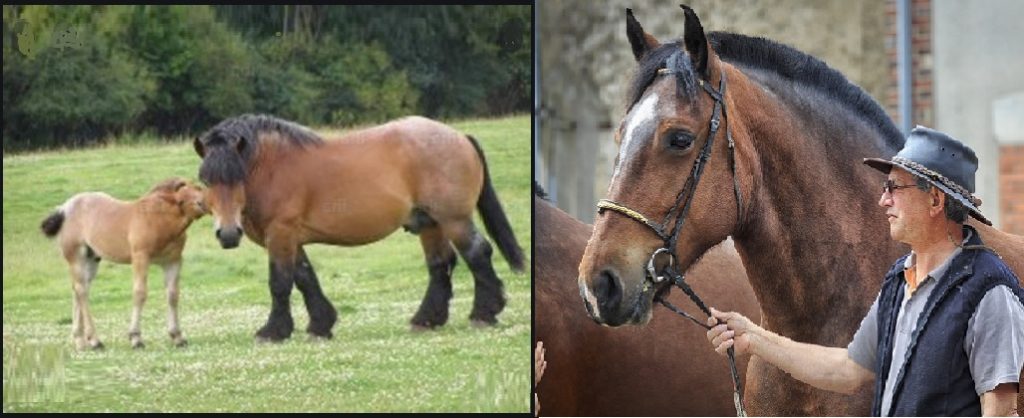
Lucitano

An ancient breed from the Iberian Penninsula. They take well to training, so often seen in the dressage ring, but they are equally adept at riding and driving, with many Olympic appearances. A very classy yet agile horse often used in the bull fighting arena. Legs/stockings and mane are often darker in color. Owned and paraded by noblemen since the Crusades, which explains their popularity with Matadors and the Portuguese Royal Family. Very wide range of colors. Closely aligned to the Andalusians
Bashkir
Believed to have migrated to Russia and Northern Europe via the Bering land Bridge, before it submerged, then became extinct in North America. It was re-introduced to North America, where it is known as the American Curly. Though there are smooth coated curlies, it is the thicker winter coat that display this trait best. Believed to be hypoallergenic, these are one of the most hardy breeds, and they were unsurprisingly raised in the Bashkortostan republic within and west of the Ural Mountains. The relationship between the American Curly and the Bakshir is debated – but land bridges have 2-way traffic. Iberia also has a claim to the breed, which has been crossed with many others. Colours vary, but the most common is chestnut. However, dun, buckskin, appaloosa and other varieties are not unknown. There is also a breadth of sizes from childrens ponies up to 16 hh.
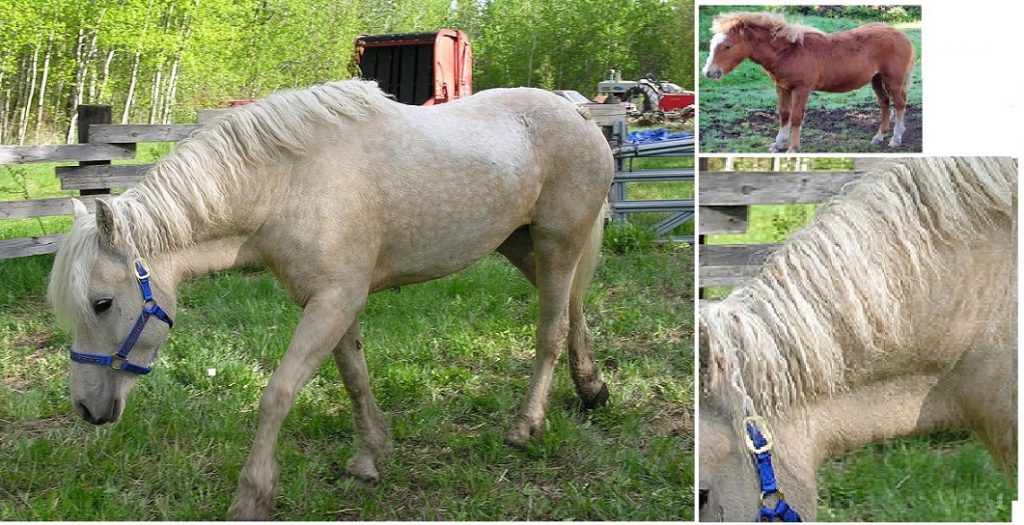
The migration of European horse breeds to America was a significant event that shaped the country’s history. The Spanish Mustang, Thoroughbred, Clydesdale, and Percheron are just a few examples of the diverse and influential breeds that made their mark. These horses contributed to the development of American society in numerous ways, from agriculture and transportation to sport and culture. Their enduring legacy is a testament to the powerful bond between humans and horses, a bond that continues to thrive in the modern world.

